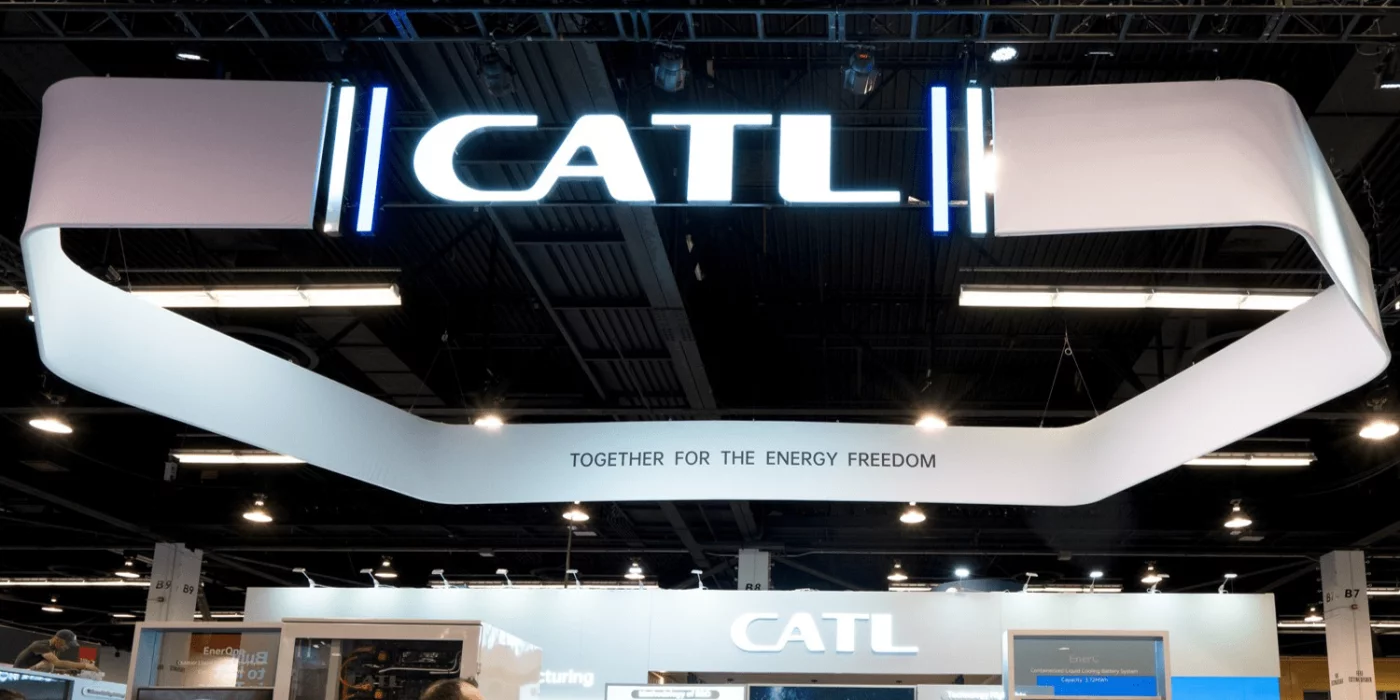CATL Says Sodium-Ion Battery Reaches 175 Wh/kg, Ready For Mass Supply In 2026
-
cross-posted from: https://piefed.ca/post/233680

CATL Says Sodium-Ion Battery Reaches 175 Wh/kg, Ready For Mass Supply In 2026
Contemporary Amperex Technology Co., Limited (CATL) said its sodium-ion battery has reached an energy density of 175 Wh/kg, supporting a driving range of

EVMagz (evmagz.com)
-
cross-posted from: https://piefed.ca/post/233680

CATL Says Sodium-Ion Battery Reaches 175 Wh/kg, Ready For Mass Supply In 2026
Contemporary Amperex Technology Co., Limited (CATL) said its sodium-ion battery has reached an energy density of 175 Wh/kg, supporting a driving range of

EVMagz (evmagz.com)
Nice! I’m pretty sure SIBs are going to change some parts of the battery market. Will be very interesting to see how the car market responds to it. In city cars, range isn’t really an issue, so they might make the switch sooner. Premium cars should be fine with LIBs, even though the price difference is significant.
-
Nice! I’m pretty sure SIBs are going to change some parts of the battery market. Will be very interesting to see how the car market responds to it. In city cars, range isn’t really an issue, so they might make the switch sooner. Premium cars should be fine with LIBs, even though the price difference is significant.
There is already one car in China that ships with a Sodium based battery.
Honestly I'm more surprised we haven't seen any dual chemistry packs from any auto maker yet. This would be something like 25% Sodium Ion or LFP, and 75% NMC or NCA. So while there would be a slight reduction for total range of the car, the 25% sized battery could be prioritized for heavy charge and discharge while the 75% would only be used when the 25% is exhausted. Additionally this would mean the large majority of the wear and tear on the battery would be on the 25% size, and could be replaced possibly more frequently (every 10 years?) and separately from the 75% battery reducing the overall cost of battery replacement to a fraction of the cost of the whole pack.
-
There is already one car in China that ships with a Sodium based battery.
Honestly I'm more surprised we haven't seen any dual chemistry packs from any auto maker yet. This would be something like 25% Sodium Ion or LFP, and 75% NMC or NCA. So while there would be a slight reduction for total range of the car, the 25% sized battery could be prioritized for heavy charge and discharge while the 75% would only be used when the 25% is exhausted. Additionally this would mean the large majority of the wear and tear on the battery would be on the 25% size, and could be replaced possibly more frequently (every 10 years?) and separately from the 75% battery reducing the overall cost of battery replacement to a fraction of the cost of the whole pack.
Battery lifetime just isn't that important. It's why Tesla's "million mile battery" never happened - there's no market for it.
-
Battery lifetime just isn't that important. It's why Tesla's "million mile battery" never happened - there's no market for it.
I think you're missing primary the point of my proposed dual chemistry packs:
LFP and Na-ion are cheaper than NMC or NCA. So the primary benefit isn't cheaper replacement costs (thats just a side benefit). The primary benefit is: lower overall cost of the pack without sacrificing long range.
LFP and Na-ion are lower power density than NMC or NCA. A pure pack of either LFP or Na-ion would give the vehicle a substantially shorter range than a pure NMC or NCA. However a dual chemistry pack would be a cheaper pack as well as still retaining most of longer range.